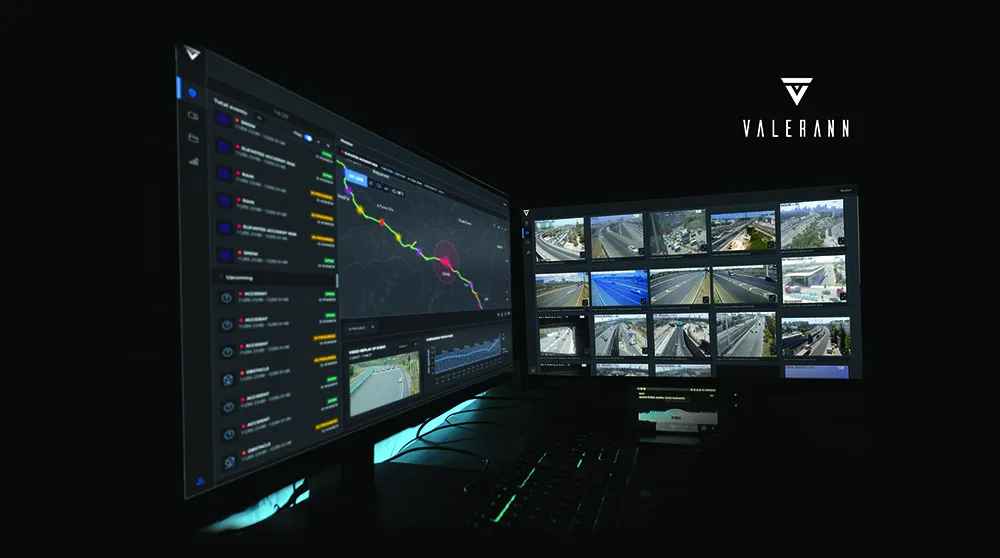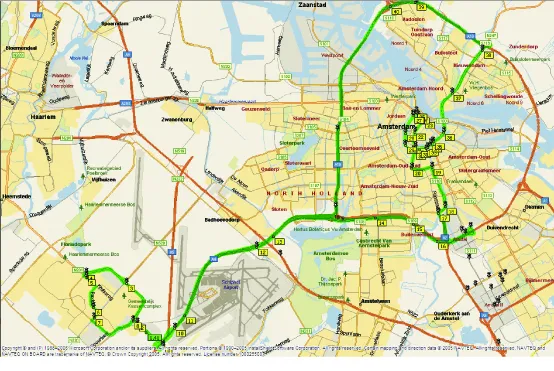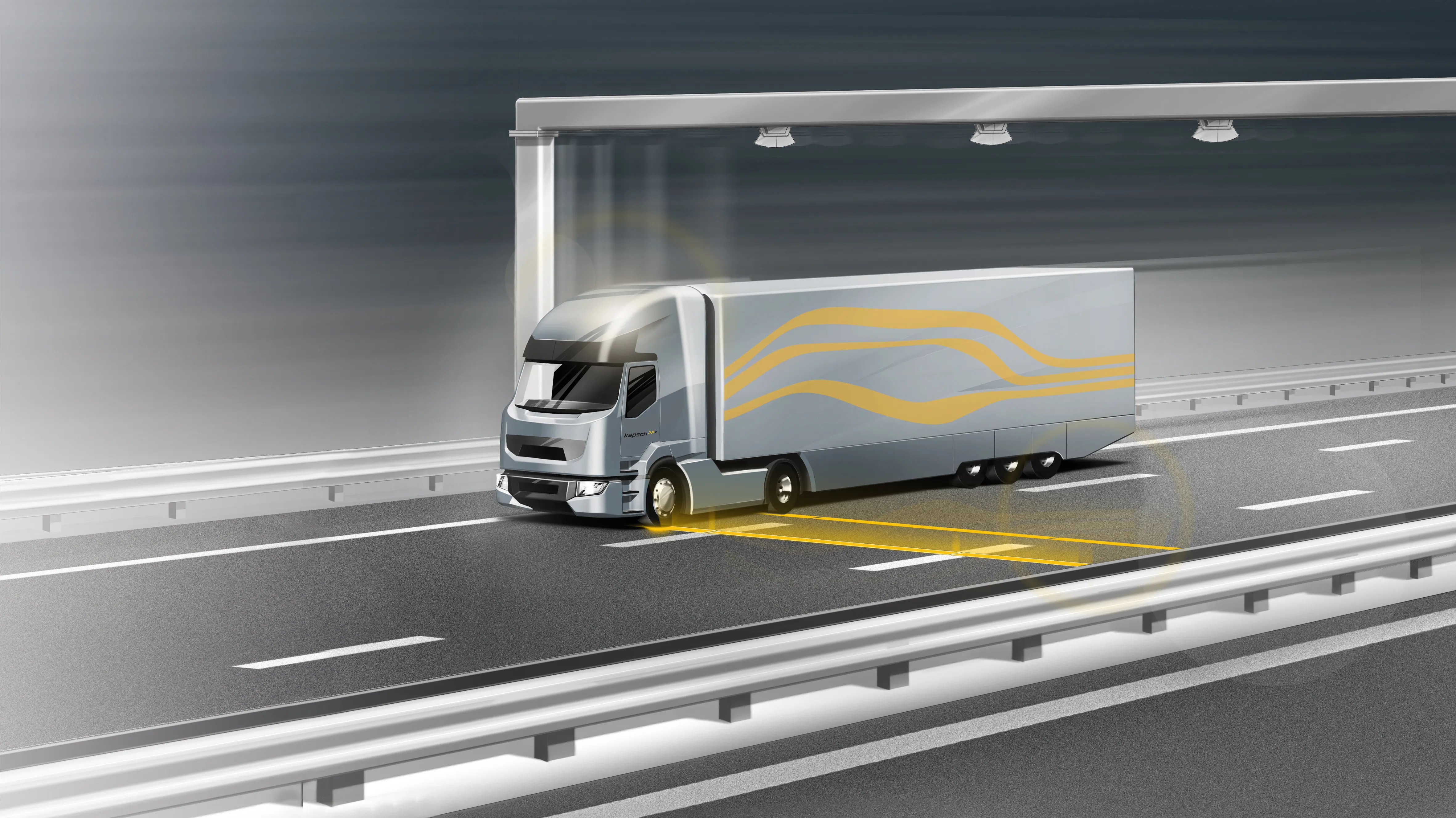
Active traffic management technologies can be prohibitively expensive, costing over £1 million/km of road and budgets might not always be available for that especially when it comes to smaller networks. Locations may also have surges in road traffic for limited periods – such as areas around sports stadiums or festival venues – that do not warrant a huge investment in resources when it is only required on a limited basis. Other road network operators simply do not have the budget to completely overhaul their communications and sensor network to facilitate digitised road operations. Adding to this, locations might not always have the connectivity bandwidth required to handle the significant amount of data being generated and sent from connected road devices. This is particularly true for large events, where tens of thousands of people gather in one location and place a major burden on the existing communications infrastructure.
With these challenges in mind, it is easy to see how monitoring traffic can be a challenge in highly variable traffic zones, as well as “off-grid” areas where highways exist but cellular coverage such as 4G and 5G is lacking. Yet in these areas as well, ensuring high levels of safety and smooth traffic operations do remain a priority. This is where Valerann’s space-enabled intelligent traffic solution comes into the picture.
In 2020, ITS Equant – a consortium formed by Valerann with industry partner Excelerate Technology – secured a €1.2 million contract under the European Space Agency’s Space Solutions programme, with support from UK Satellite Applications Catapult to develop a new generation solution that leverages synergies between Lanternn by ValerannTM – an AI-driven intelligent traffic management software, and Excelerate’s satellite resilient connectivity technologies, particularly for areas with limited infrastructure and connectivity.
This project culminated in this space-based solution being deployed in Milton Keynes during the UEFA Women’s Euro 2022 football tournament. The event was identified as an ideal opportunity to deploy this new generation technology, and Valerann worked closely with the authority’s highways team to roll out the technology on time for the matches. These included the semi-finals, attended by nearly 30,000 people.
As the result, for the duration of the tournament, local traffic authorities were able to efficiently manage and gain real-time visibility of the road traffic situation surrounding the Milton Keynes (MK) Stadium without investments into additional infrastructure. Lanternn by Valerann provided the authorities with insights based on data from many different sources including radars, road PTZ cameras, navigation apps, cell phones, connected vehicles and weather alerts. Thanks to the use of an advanced data fusion engine, capable of efficient processing of very large volumes of heterogeneous and often unstructured data, road traffic operators were able to assess the reliability and urgency of events in real time and ensure efficient prioritisation of resources. This was augmented with satellite-connected and highly secure IP CCTV cameras from Excelerate Technology.
This was a successful real-world demonstration of the powerful capabilities of Lanternn by Valerann when combined with satellite-connected sensors and communications systems.
A key feature of Lanternn by Valerann – and the wider solution put forward by ITS Equant – is the platform’s scalability and hardware-agnostic nature – compatibility and integration with existing infrastructure. There is no need for additional capital investment in expensive road sensors, loops or upgraded communication networks to expand road visibility to 100%.
Many roads today have no active traffic management coverage at all, especially in remote regions, which means there are no means to measure traffic flow, get incident alerts, and increase safety. The ability to merge a number of data sources – including open-source data – using Lanternn by Valerann – as well as the UK-wide communications coverage provided by Excelerate’s satellite technologies, give any operator an opportunity to roll out an intelligent traffic management tool at a fraction of the cost than was previously possible.
Valerann’s work as part of the ITS Equant consortium has proven that cost-effective road traffic management solutions exist, and that even those operators that have limited resources and infrastructure can have 100% visibility of their road networks.
• For more information visit www.valerann.com and www.excelerate-group.com








